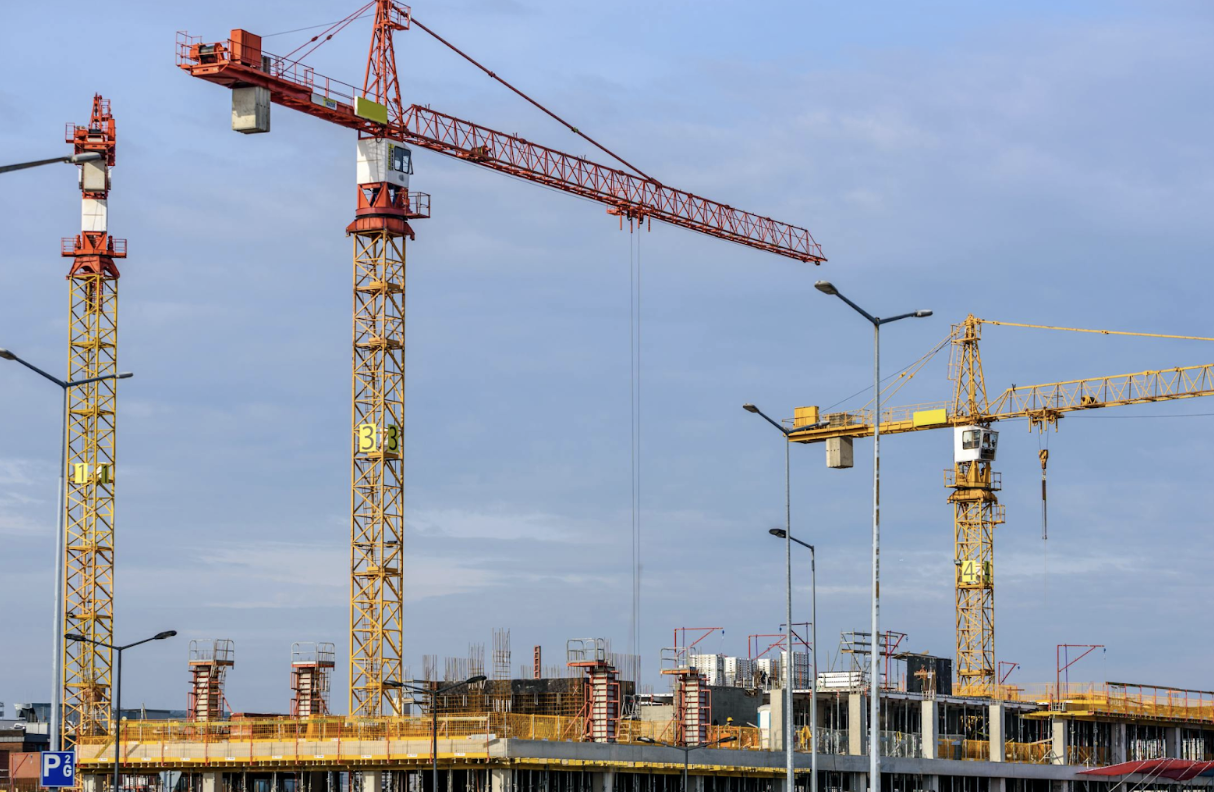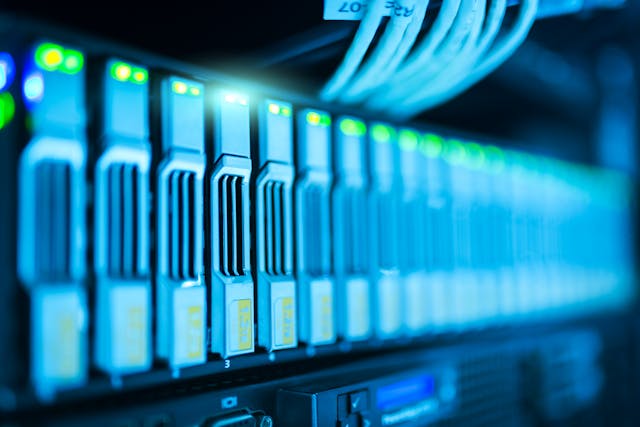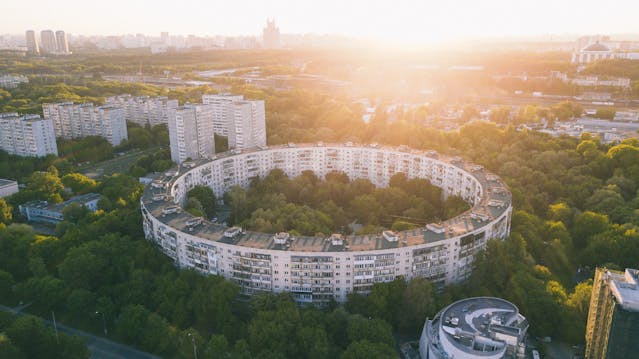
How Smart Technologies are Shaping the Future of Construction in Singapore
The construction industry in Singapore is growing with the adoption of more and more smart technologies. From AI to IoT, it will revolutionise how buildings are designed, constructed, and maintained. Smart technologies are pioneering an innovative and sustainable future, initiating cost-effectiveness, efficiency and safety in construction.
The Emergence of AI in Construction
Artificial intelligence is one of the methods that most influence construction processes. AI can analyse big sets of data for predictions of things such as project timelines, optimisation of resource allocation, and even potential risks. This activity- machine learning contributes to activities like scheduling, cost estimating, and even supply chain management, making building projects more predictable and effective.
Other more common AI-powered tools coming up on a construction site include drones and robots. Drones fly over the construction site, capturing aerial data, hence helping monitor progress and conditions in real time. Robots do the repetitive work of laying bricks or welding with minimal human error and speed up the construction timeline. Besides cutting labour costs, this technology improves precision and quality.
IoT: Connecting the Construction Site
It is able to connect those pieces of equipment, sensors, and devices on a construction site that are capable of real-time data communication. It provides one platform where a project manager can view equipment performance, track asset usage, and manage site conditions.
The IoT sensors can monitor changes in temperature, humidity, or vibration to alert workers to impending safety risks that may happen long before they actually do. It is this proactive approach that plays a critical role in site safety, reduces downtime, and allows continuity of construction activities with ease. In addition, IoT-enabled equipment will self-report on their maintenance needs, preventing breakdowns and allowing projects to remain timely.
Building Information Modelling: A Different Way of Design
BIM disrupted the traditional process of building design and construction. The digital representation that BIM provides of the building allows architects, engineers, and contractors to cooperate in one model. In other words, teams can see the minutest details of what the project will look like once it is constructed, recognise any conflicts in design that could result in very expensive construction delays, and make relevant decisions just there.
It is also being more effectively utilised in smart integration with the use of AI and IoT, among other technologies. It would feed the IoT data into the model for real-time performance analysis of the building to enable energy use optimisation along with maintenance schedules. This would give a holistic approach toward construction and, therefore, further enhance the process and product of building.
Autonomous Equipment: The Future of Construction Sites
Other emerging smart technologies currently becoming the talk of construction industries in Singapore include autonomous machinery. Construction companies make use of self-driving excavators, and bulldozers, among other heavy machinery, which get the job done with very little human intervention. The machines are fitted with sensors and algorithms of AI; hence, the ability to move around the construction site, performing tasks with very great precision and avoiding obstacles.
While doing so, it will also increase construction speed and reduce accidents with the support of autonomous equipment. This machine has the facility for remote operation that keeps labourers away from hazardous conditions. This sort of technology helps in large-scale projects to assure efficiency and safety.
Smart Wearables: A Boost to Worker Safety and Productivity
Smart wearables, such as augmented reality display helmets and vests integrated with sensors, make the construction site much safer and agile. Real-time information made available by these types of devices lets workers carry out tasks with perfection to avoid potential hazards.
It allows for putting digital data upon the physical world; AR helmets even walk employees through a complicated task step-by-step. Sensor-equipped vests monitor an employee’s vital signs, among other conditions of the ambient environment; it warns them when they are at high risk from heat stress or harmful substances.
This can integrate wearables with IoT and AI, enabling construction companies to build a much safer and more more productive workplace. Working on this approach, not only would the worker be protected, but the quality and speed associated with the construction process would be enhanced as well.
Predictive Analytics: Forecasting and Decision-Making
Predictive analytics uses data, statistical algorithms, and machine learning techniques to identify the likelihood of future outcomes. In construction, this will mean forecasting project timelines, budget requirements, and possible risks. Analyzing a plethora of historical data and real-time information, predictive analytics will help inform decisions and drive the project manager’s ability to stay ahead of problems.
This forward-thinking approach enables building companies to make better use of resources and avoid debilitating delays that keep projects on course. Predictive analytics give a competitive advantage in the management of supply through advance anticipation of material demand and thereby optimizing waste reduction, improving inventory.
Sustainability Through Smart Technologies
Moreover, it is not just streamlining construction processes; this is paving the path toward a sustainable one. IoT sensors track energy consumption water usage, and waste generation for actionable insights to reduce a building’s ecological footprint. The same systems, now driven by AI, go on to enable the best controls on HVAC and lighting to ensure energy resources are utilised only where needed.
Smart construction practices also make the use of sustainable materials and methods easier. For example, AI analyzes the environmental impact of different building materials with the view to guiding architects and builders towards greener choices. The commitment to sustainability here joins hands with Singapore’s commitment to greening the built environment in general.
Challenges and the Road Ahead
While most benefits are derived from smart technologies, their adoption into the construction industry does not come without challenges. Some of the major challenges toward the adaptation of this technology include high upfront costs, requirements for skilled operators, and data security concerns, which seem to impede its implementation. This is a worthy investment since there are long-term gains in efficiency improvement, cost reduction, and improvement in safety.
As the industry sees more and more construction firms embracing digital transformation, further evolution will take place. Further development of AI, IoT, and robotics with their application in innovations is going to spur more and more introductions that would make construction smart, safe, and sustainable.
Conclusion: Towards a Smarter Future for Construction Singapore
These intelligent technologies will doubtless continue to change the face of the construction industry in Singapore. Productivity, cost efficiency, and safety benefits can be reaped when AI synergistically integrates with IoT, BIM, and other digital technologies in construction firms. These are not changes in how buildings are built but a redefinition of what is possible within the built environment.
Those competitive and willing in Construction Singapore will realise that smart technologies are a given, come whatever may. Intelligent construction is not a fad but a new frontier in building and construction. With each passing day, construction in Singapore is bound to get smarter, more productive, and greener while continuing to set newer benchmarks for the rest of the world to follow.



